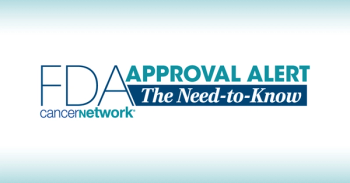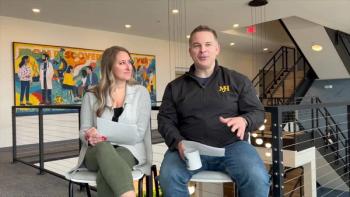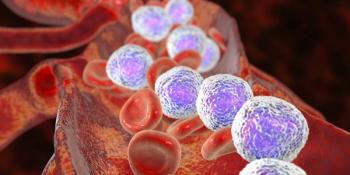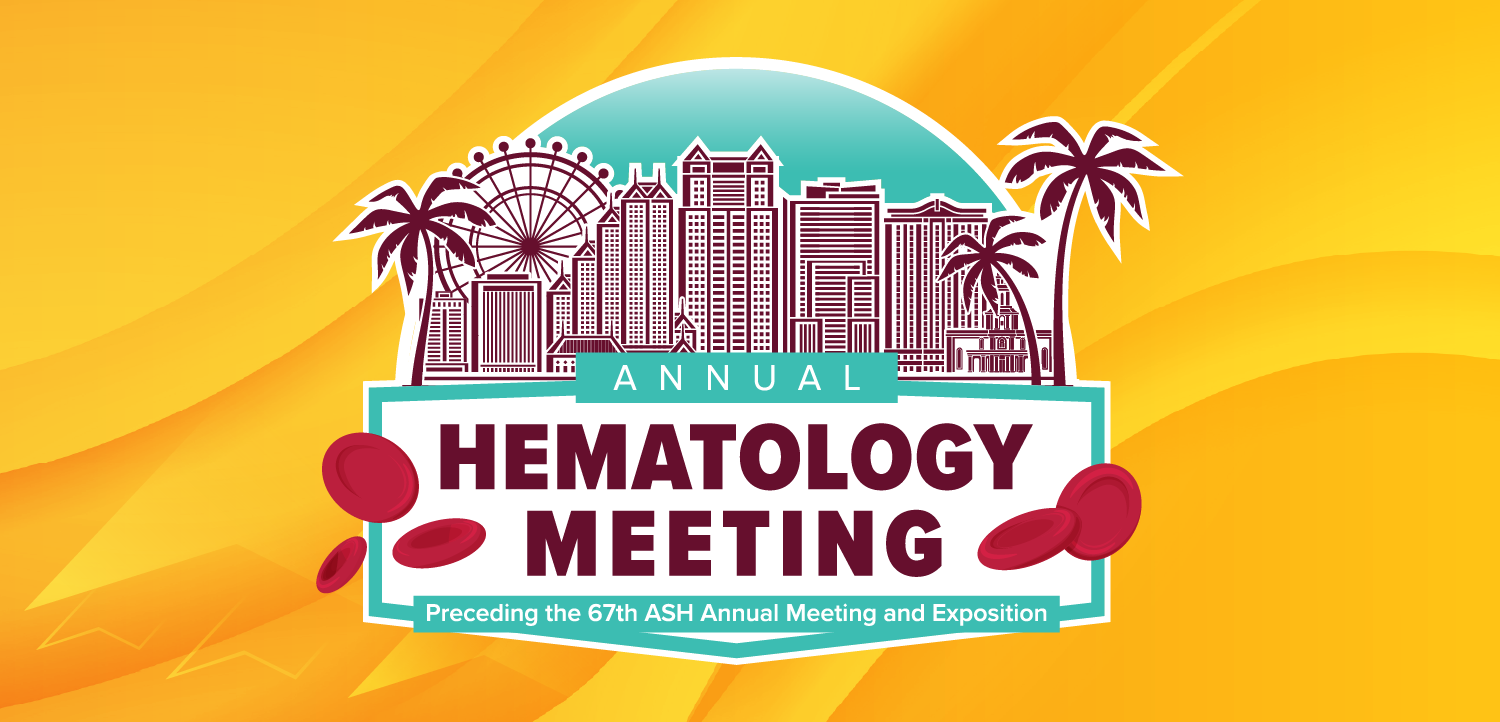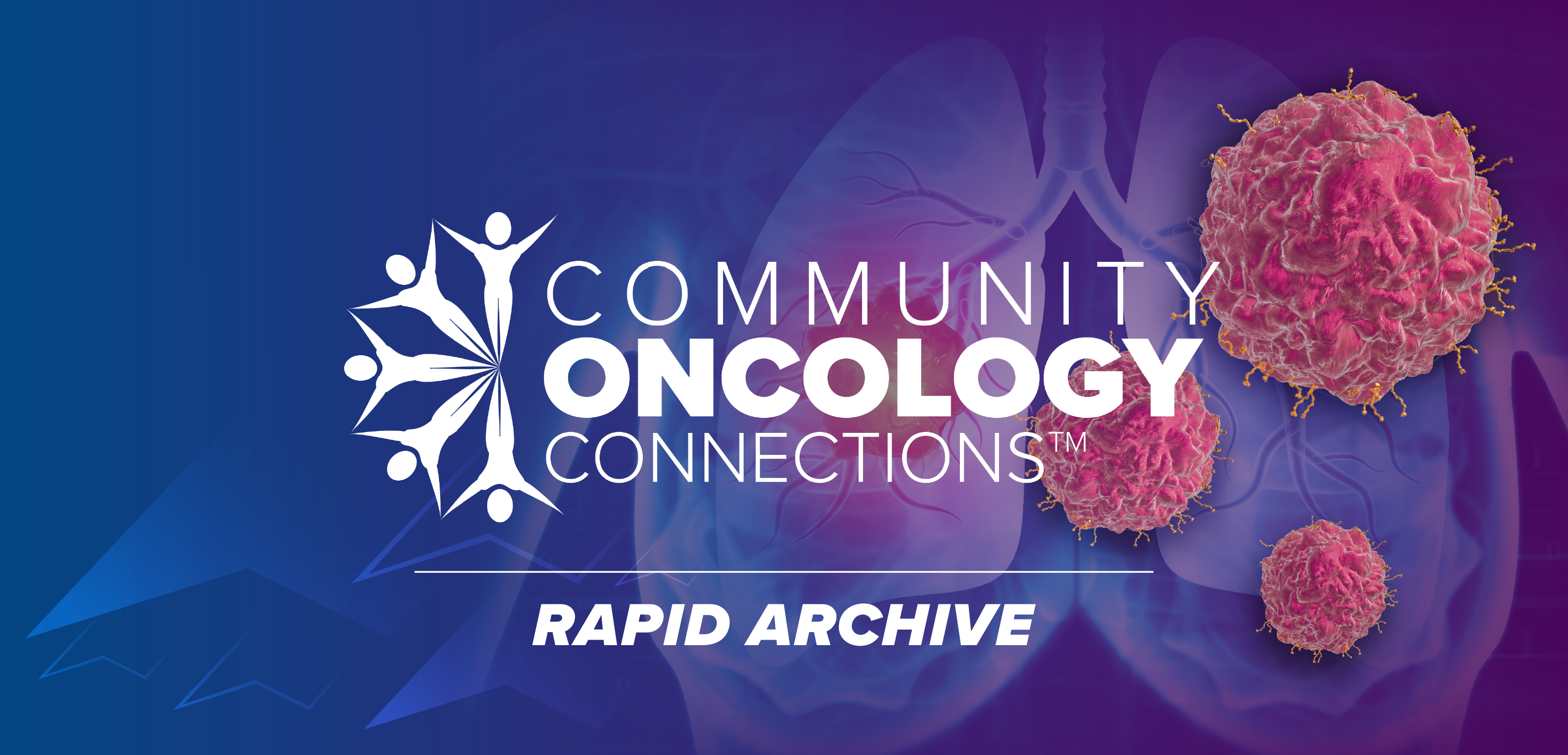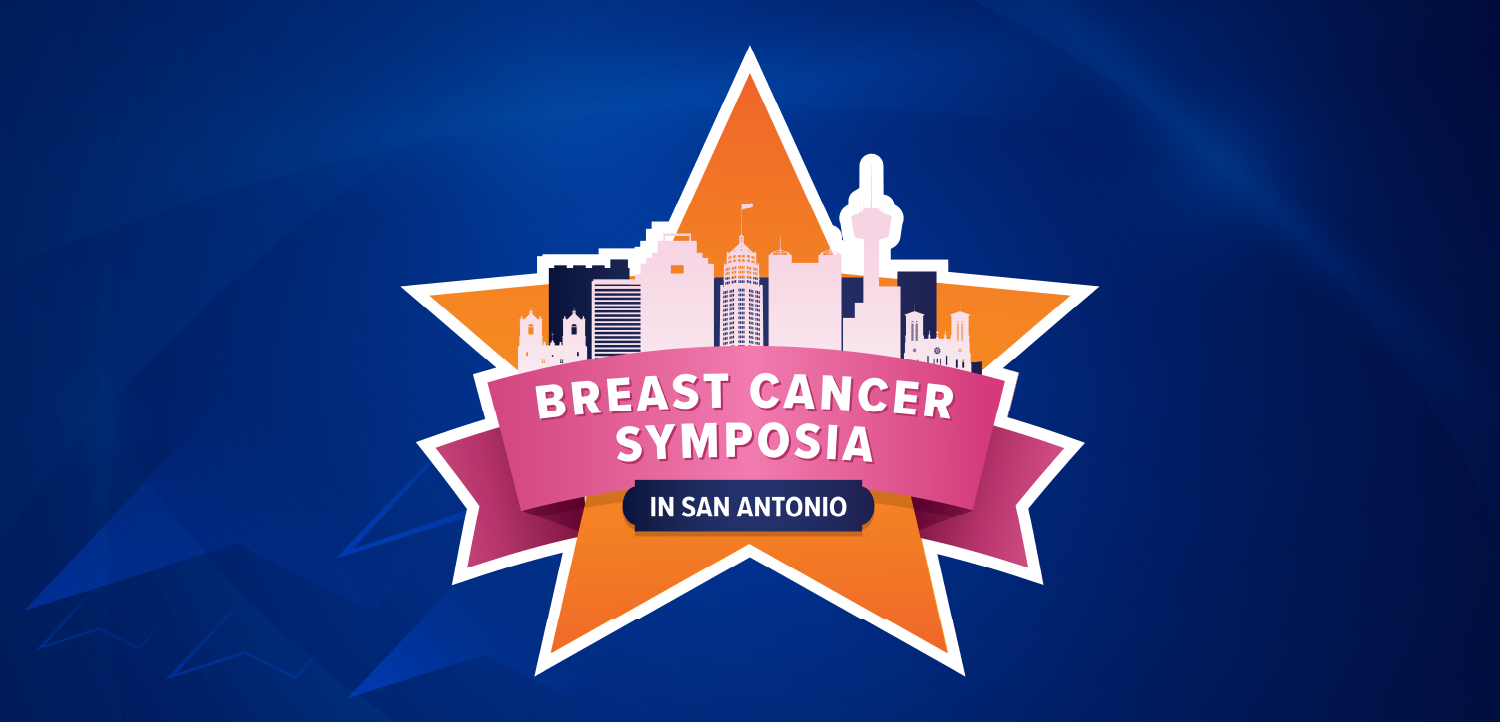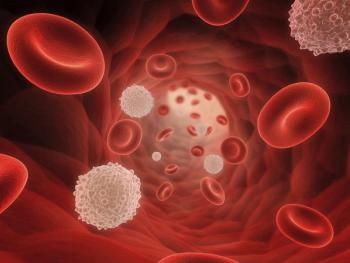
Late Toxicity of Radiotherapy and Chemotherapy in Hodgkin Lymphoma
This interview examines treatment-related cardiotoxicity and the risk of second malignancy in patients with Hodgkin lymphoma.
Treatment-related cardiotoxicity and the risk of second malignancy in survivors of Hodgkin lymphoma who received radiation therapy or chemotherapy is an important consideration given the high cure rate for this disease.
In this interview, Flora van Leeuwen, PhD, of the Netherlands Cancer Institute, discusses strategies to reduce the risk of these late toxicities and highlights some of the key points from an education session she presented at the 58th Annual Meeting of the American Society of Hematology, held December 3–6 in San Diego, California.
Newsletter
Stay up to date on recent advances in the multidisciplinary approach to cancer.


